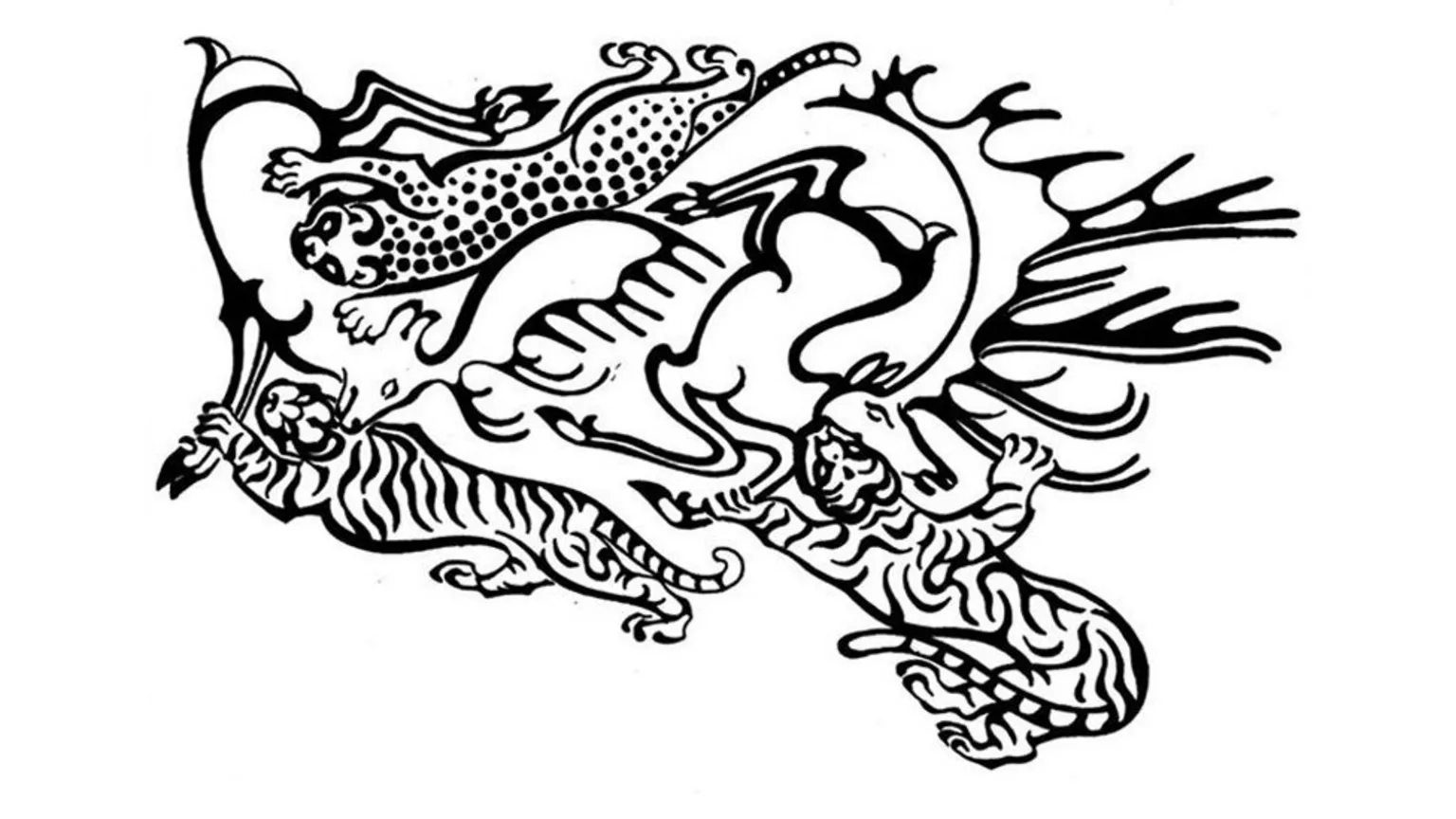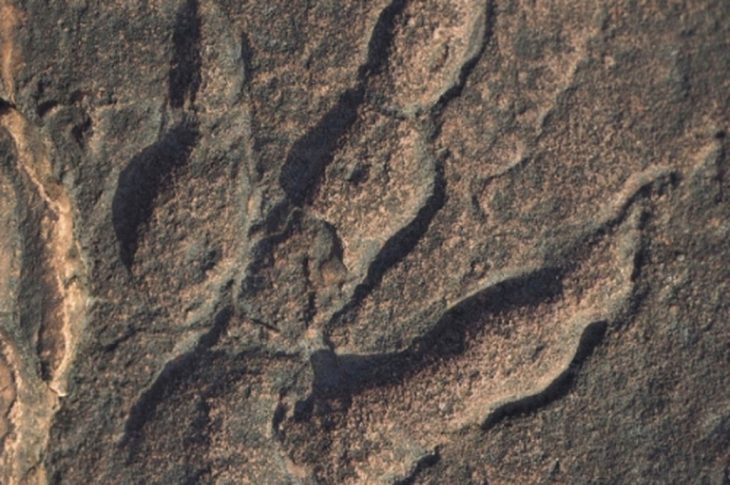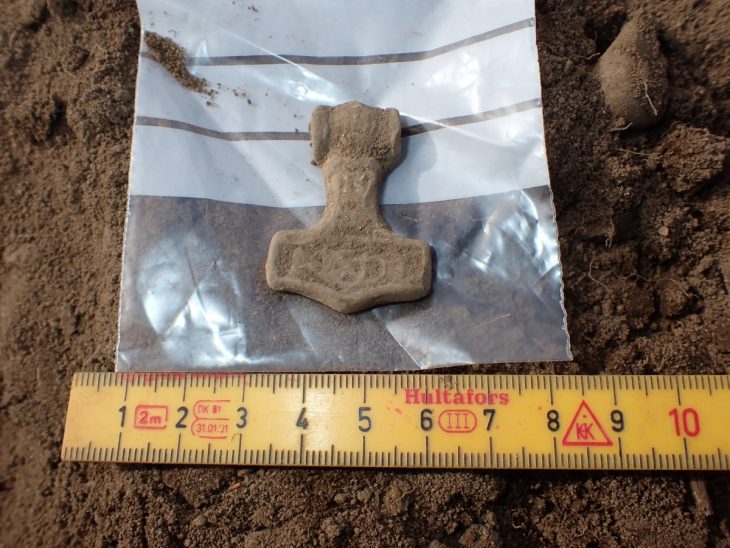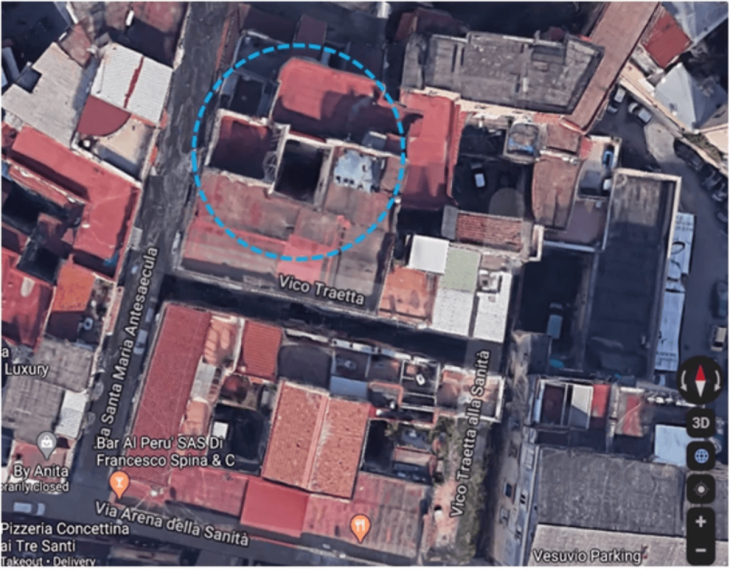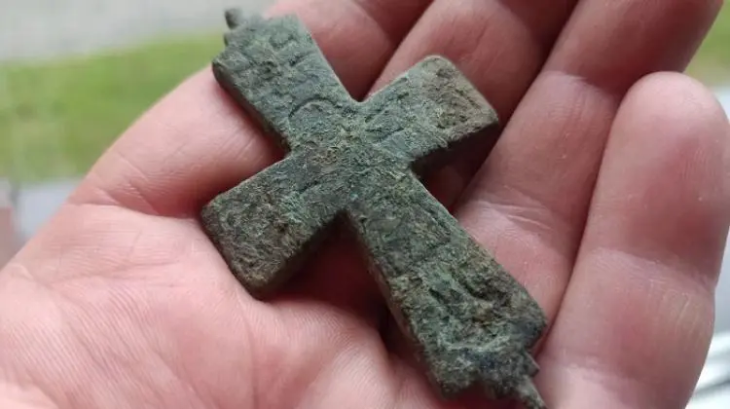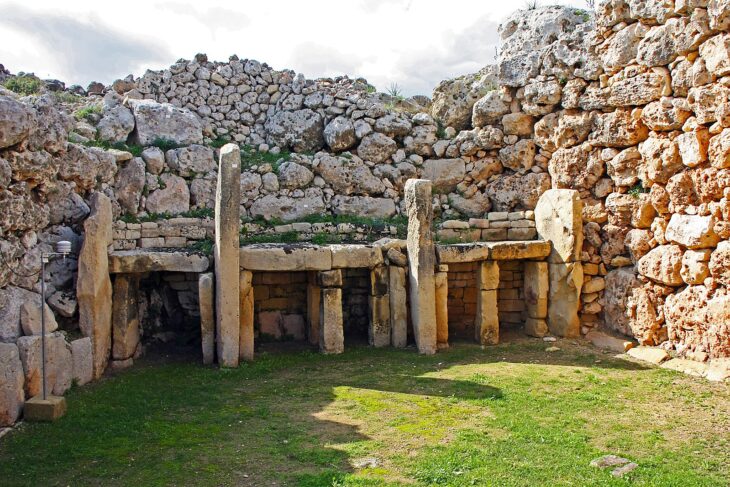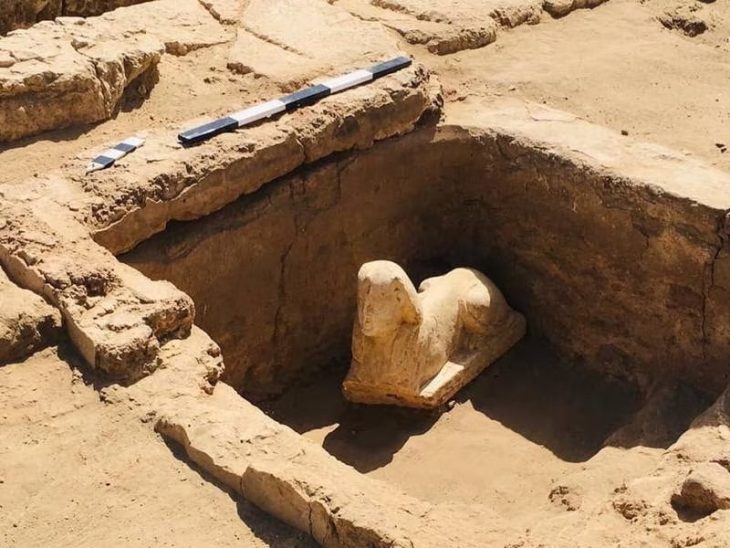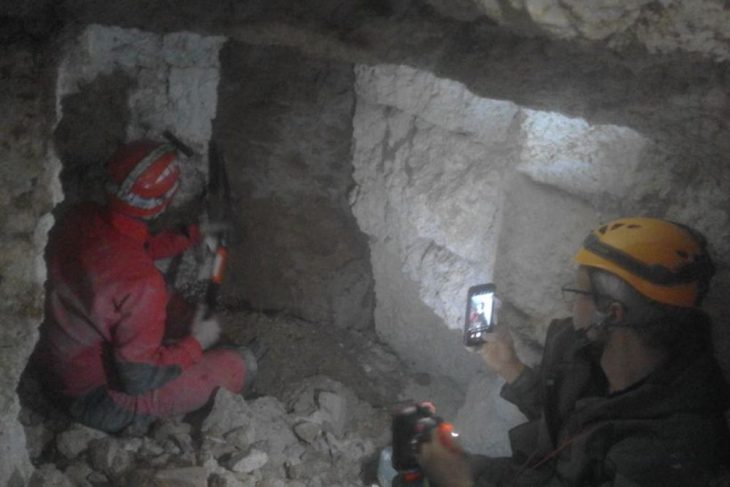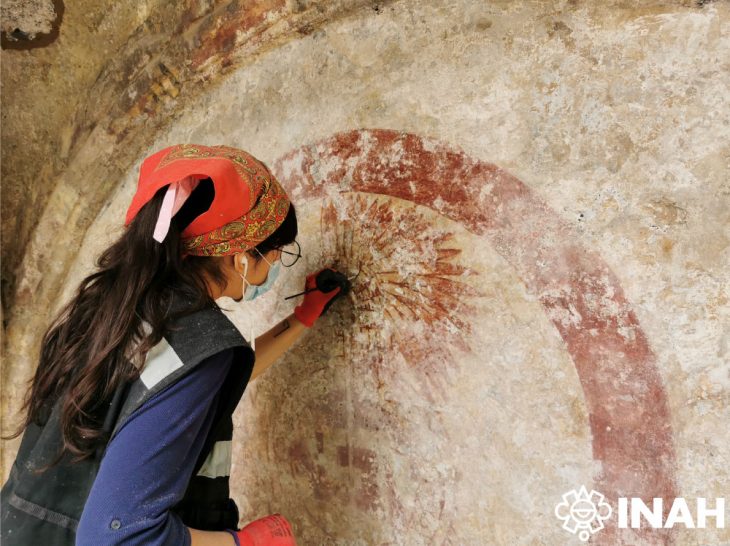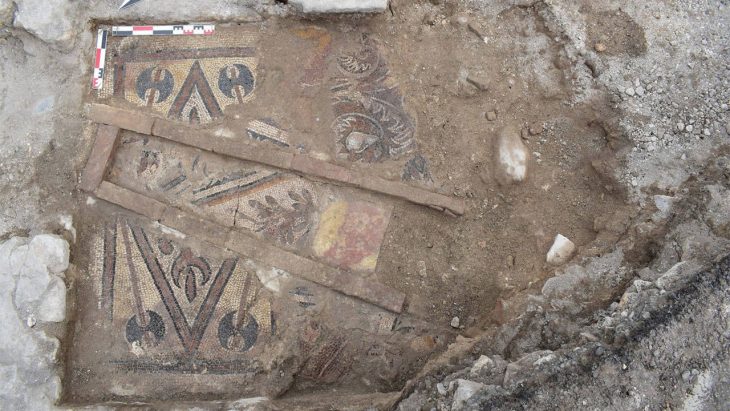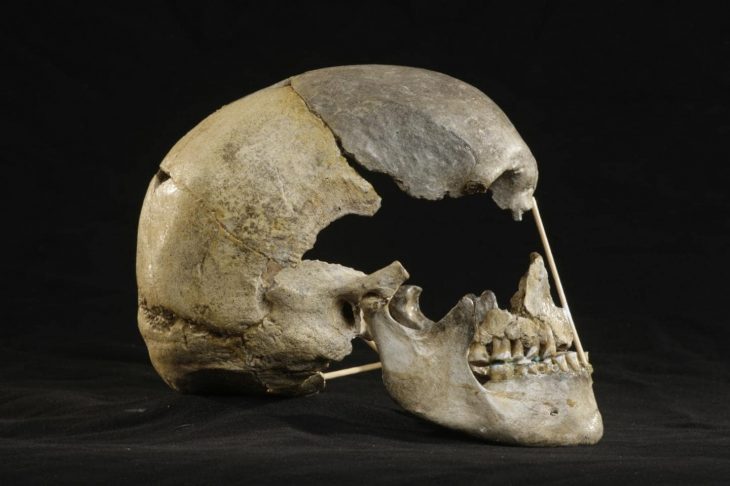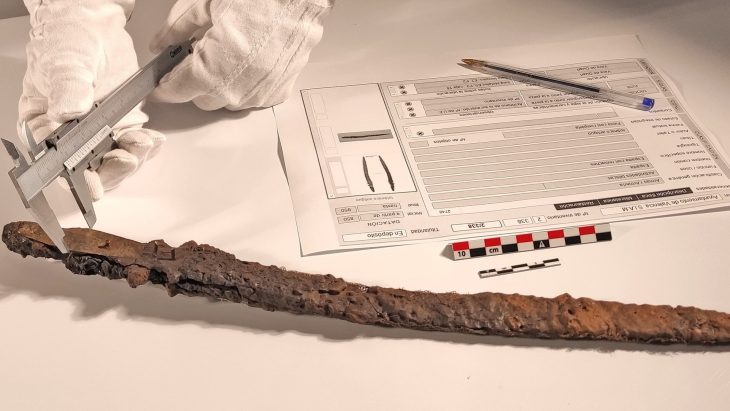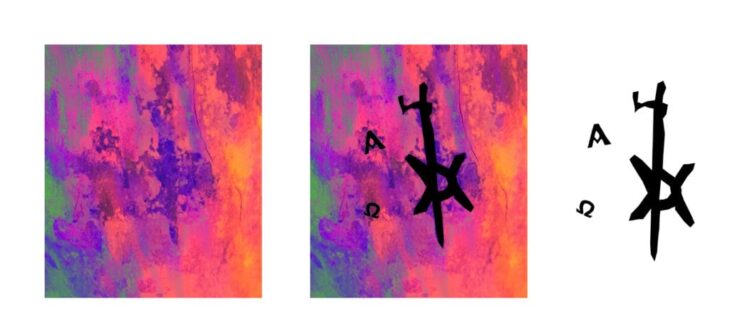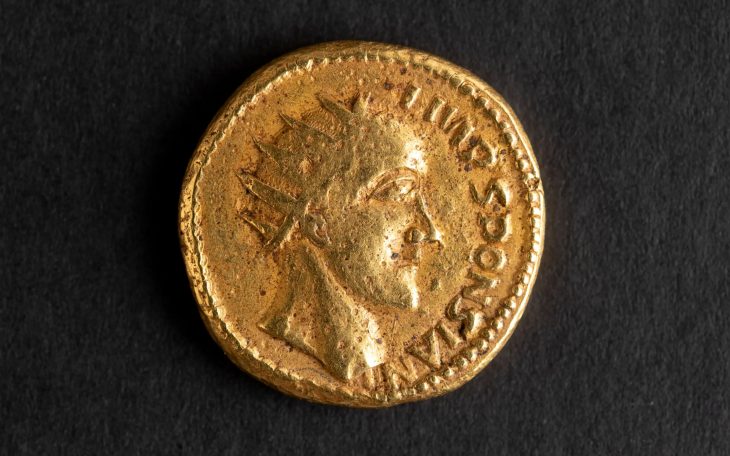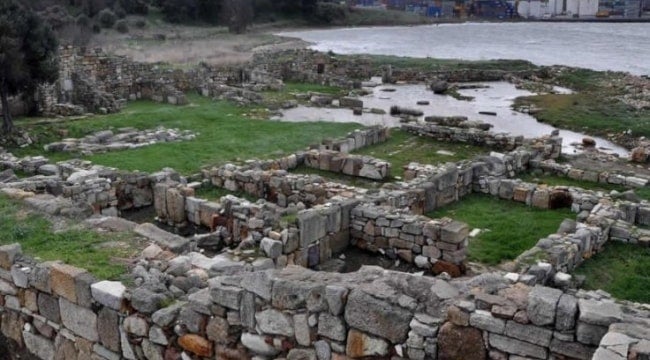Siberian Ice Mummy: Unveiling Ancient Tattoo Traditions of Iron Age Siberia
In a groundbreaking fusion of archaeology and modern imaging, scientists have revealed never-before-seen details of ancient tattooing practices in Iron Age Siberia, offering new insight into one of humanity’s oldest forms of body art.
Using high-resolution near-infrared imaging and 3D photogrammetry, researchers have re-examined the preserved tattoos of a 2,500-year-old Pazyryk mummy from the Altai Mountains. The tattoos, hidden beneath layers of mummified skin and centuries of degradation, are now being brought back to life—digitally.
A New Look at Ancient Skin
The Pazyryk people, part of the wider Scythian cultural world, are known for their elaborate tombs, intricate artwork, and—for a select few—their richly decorated bodies. Until now, archaeologists relied on hand-drawn interpretations of these tattoos, but this new study has uncovered far more: evidence of multiple tattoo artists, advanced design techniques, and the tools likely used to create them.
“This is the first time we’ve been able to distinguish the hands of different artists on a single body,” said Dr. Gino Caspari, lead researcher from the Max Planck Institute of Geoanthropology. “What we’re seeing is not just decoration, but craftsmanship and collaboration.”
📣 Our WhatsApp channel is now LIVE! Stay up-to-date with the latest news and updates, just click here to follow us on WhatsApp and never miss a thing!!

Technological Breakthroughs Rewrite Tattoo History
The team applied near-infrared photography to reveal pigment embedded deep in the skin layers—details previously invisible to the naked eye. Paired with experimental tattooing techniques, the data shows that multi-point and single-point tools were used, debunking older theories that ancient tattoos were applied only by stitching or incision.
One arm features complex animal motifs, such as deer and tigers, arranged with striking anatomical accuracy and perspective—suggesting a seasoned artist. The other arm’s simpler lines may have been inked by an apprentice or a different artist entirely.
Living Ink, Lost in Death
Perhaps most revealing, researchers found that post-mortem burial incisions sliced through the tattoos with no apparent effort to preserve them—indicating these images held meaning only for the living.
“There’s no sign the tattoos had religious or afterlife significance,” Caspari explained. “They were part of identity, status, maybe storytelling—but once the person died, that chapter closed.”
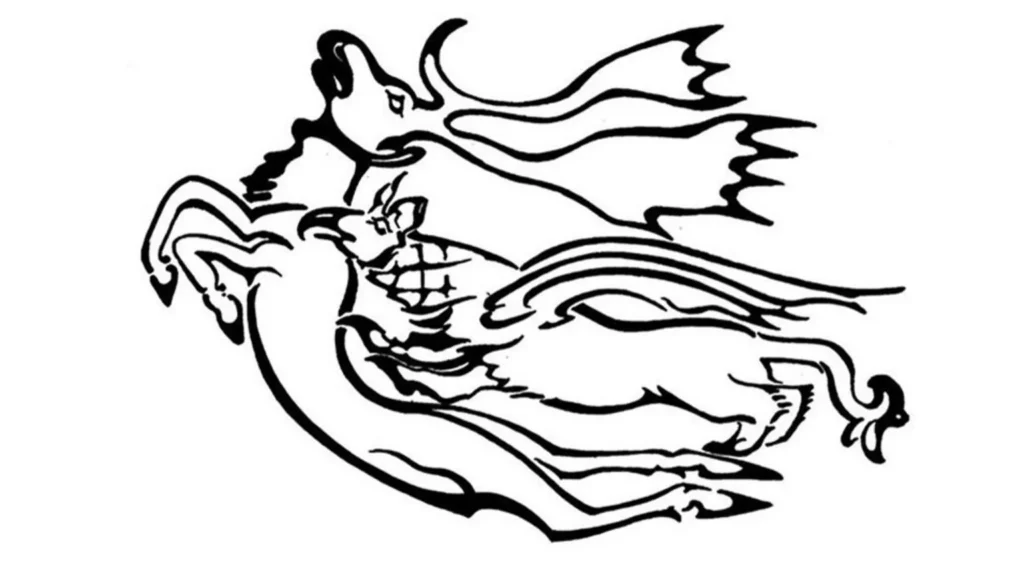
Ink of the Ancients, Lessons for Today
The Pazyryk used carbon-based pigments—likely soot—mirroring tattoo traditions around the globe. Despite the millennia that separate modern artists from their Siberian ancestors, the tools, techniques, and intentions behind these tattoos offer a striking sense of continuity.
As climate change threatens the frozen tombs that preserved these remains for centuries, researchers stress the urgency of digital preservation. This study is not just about understanding the past—it’s about saving it.
Caspari, G., Deter-Wolf, A., Riday, D., Vavulin, M., & Pankova, S. (2025). High-resolution near-infrared data reveal Pazyryk tattooing methods. Antiquity, 1–15. doi:10.15184/aqy.2025.10150
Cover Image Credit: An illustration of the tattoo on the woman’s right forearm revealed in new scans. Credit: Daniel Riday

